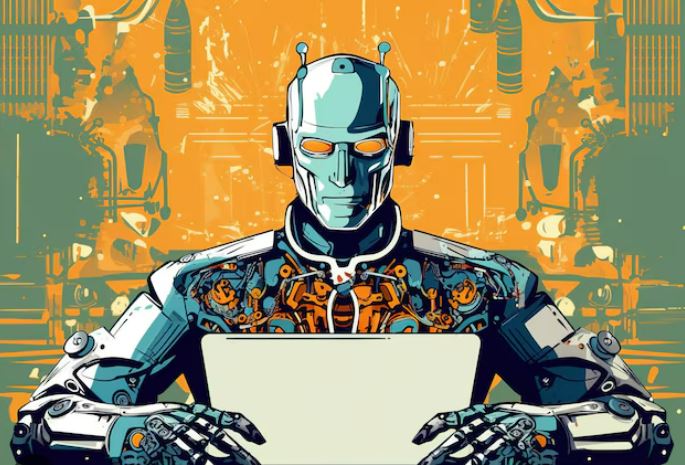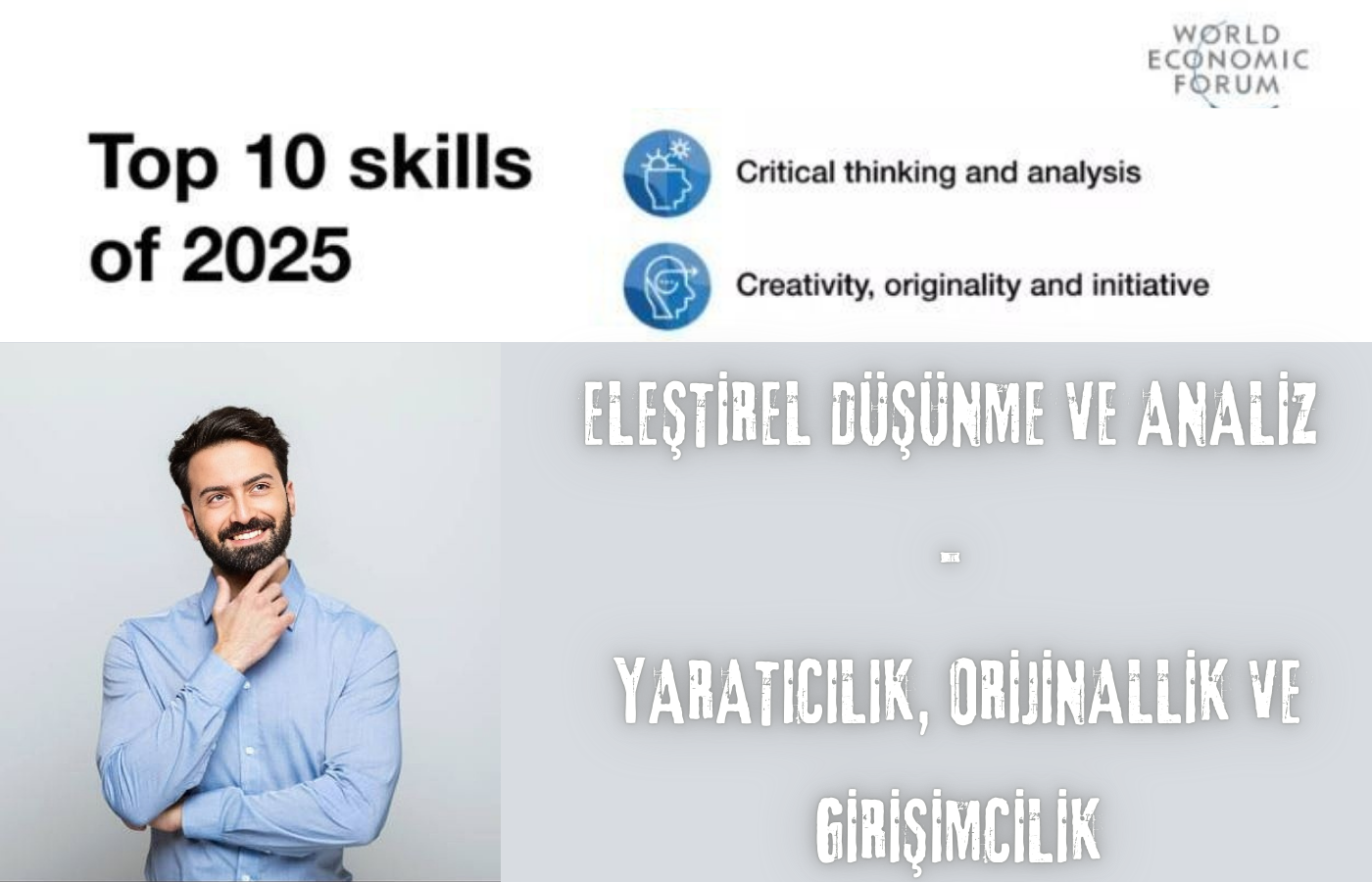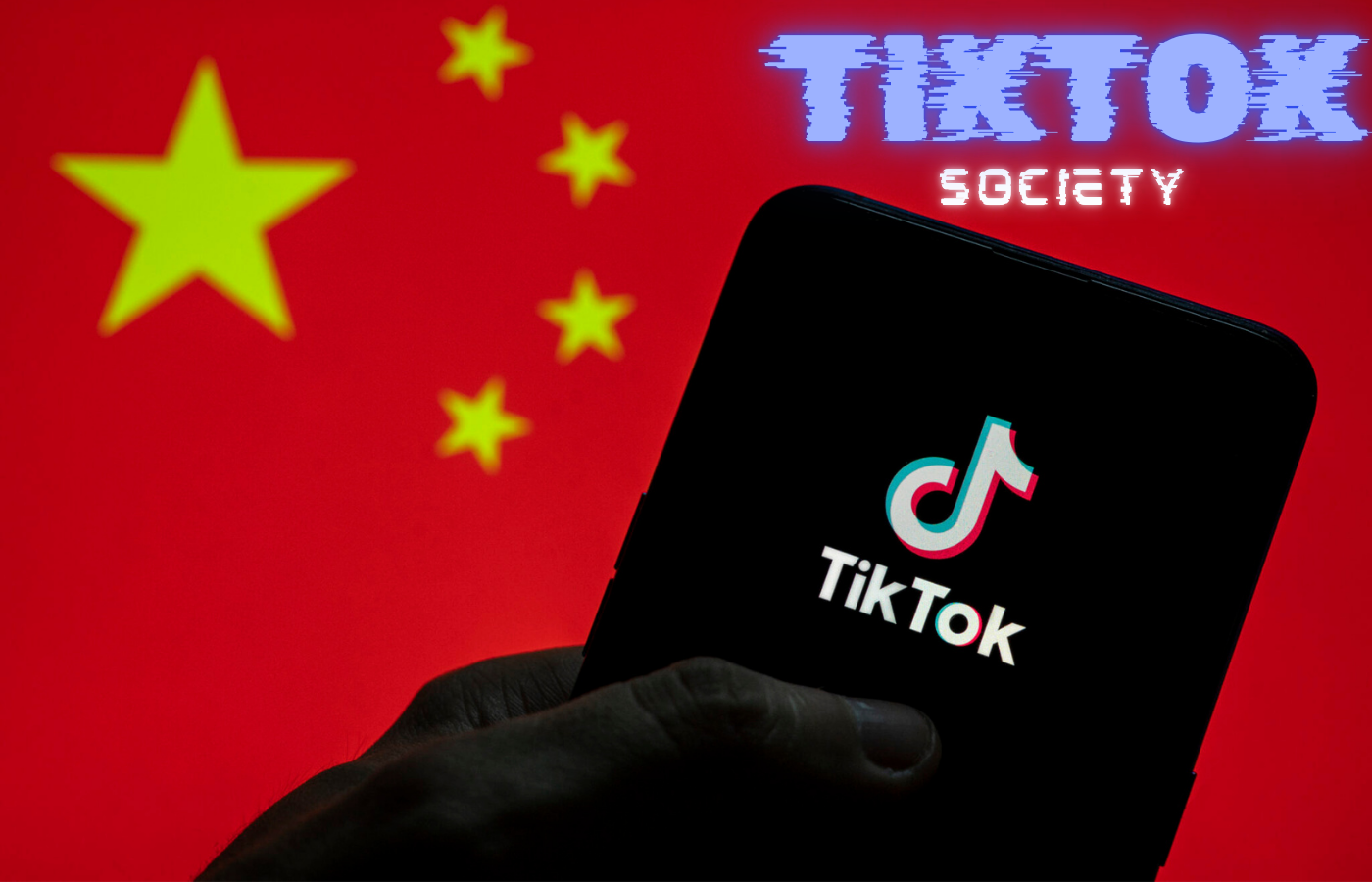
Future Work Models and the Impact of Artificial Intelligence
The rapid development and increasing capability of artificial intelligence (AI) is driving fundamental changes in the world of work. These changes are redefining working models and reducing future reliance on labor. In this blog post, we will look at how AI will shape future working conditions and how humans will retain their place in the workplace.
The Rise of Artificial Intelligence and its Impact on the World of Work
Artificial intelligence, automation and robotics are increasing productivity and reducing costs in business. According to a report by the McKinsey Global Institute, it is estimated that 800 million jobs worldwide will be replaced by automation by 2030. This means that many jobs will be redefined and some jobs will disappear altogether.
Reduced Human Dependency
The increasing capability of artificial intelligence is reshaping the workforce by reducing human dependency. In particular, routine and repetitive tasks can be performed more efficiently by AI and robots. As a result, the role of humans in the workforce is shifting to more creative and strategic tasks .
Jobs that will remain relevant in the future
Although AI will take over many jobs, some professions will remain relevant. Craftsman jobs that require manual dexterity, creative arts, human relations and emotional intelligence are all areas that AI will not be able to fully take over. The value of such occupations is expected to increase.
New Work Models and Employment Contracts
In the future, working models and employment contracts will also change significantly. For example, it may be possible to work in more than one firm with open contracts. The ability for an employee to be insured in more than one firm at the same time offers flexible working hours and the ability to manage the workforce according to the needs of employers. This model can provide great flexibility to both workers and employers.
The Role of States and Social Supports
Changes in the workforce and the integration of AI into the world of work will also change the role of states. In the event of rising unemployment, states may need to provide for their citizens through social support payments. In addition, firms may be required to employ a certain percentage of people or pay additional taxes instead of employing human labor. These taxes can be transferred to social support funds.
Innovative Business Models
Innovative business models will also emerge with the integration of new working models and artificial intelligence. For example, a worker in production can become a profit and loss partner of the business by putting the humanoid robot he owns to work when he leaves his job. This reduces the investment costs of businesses, while enabling people who are laid off to earn an active income.
The integration of AI into the business world will radically change working models and the workforce. As people shift to more creative and strategic roles, government social support systems and new business models will come into play. In the working world of the future, manual dexterity crafts, creative work and human relations will gain value. Adapting to these changes and restructuring the workforce is of great importance for both individuals and societies.
Sources
- McKinsey Global Institute, “The Future of Work: How New Technologies Will Impact Jobs,” 2017.
- World Economic Forum, “The Future of Jobs Report,” 2020.
- International Labour Organization, “The Role of AI in the Future of Work,” 2021.
To learn more about the profound changes that AI is creating in the business world, please see the resources above.



